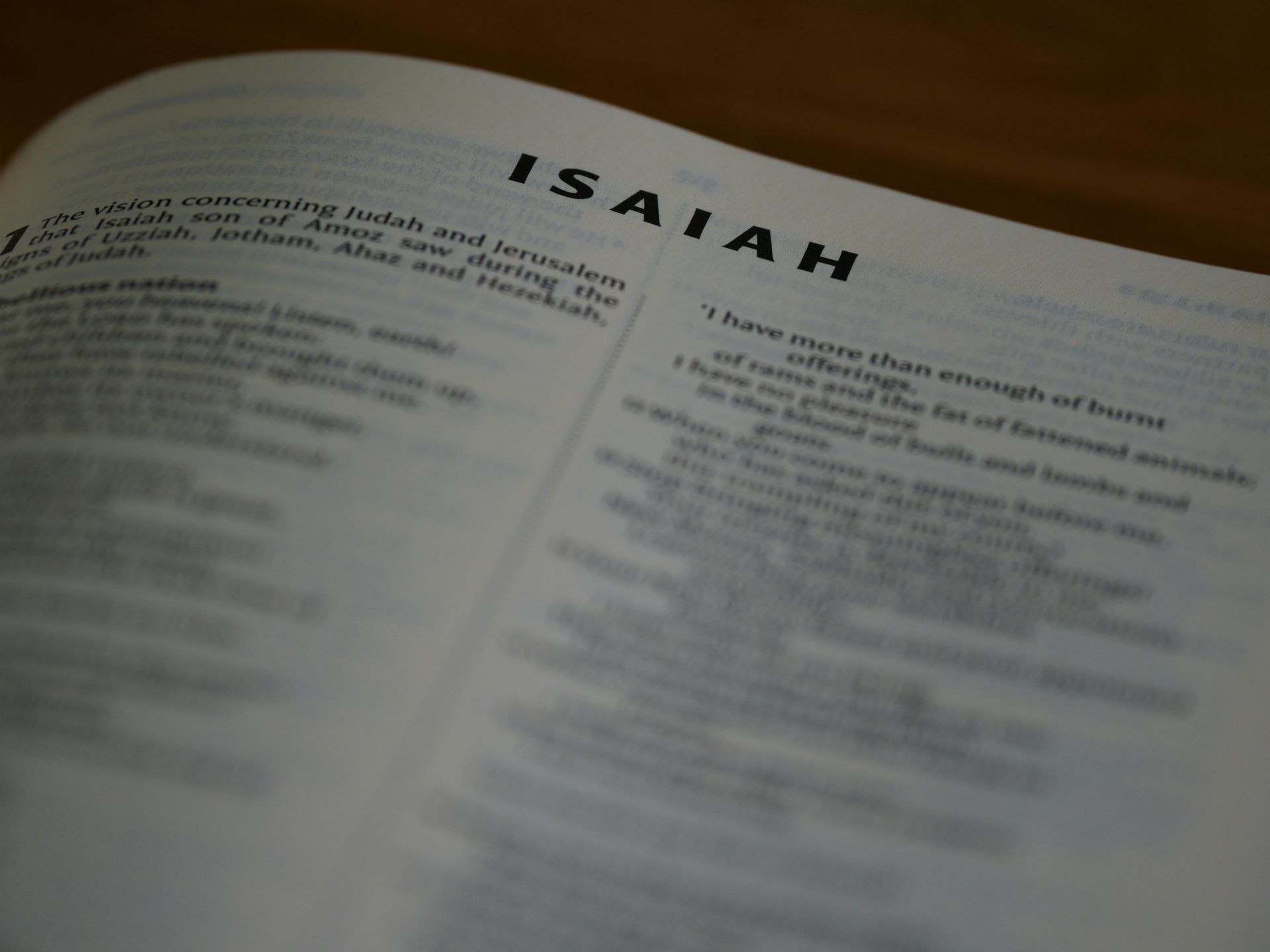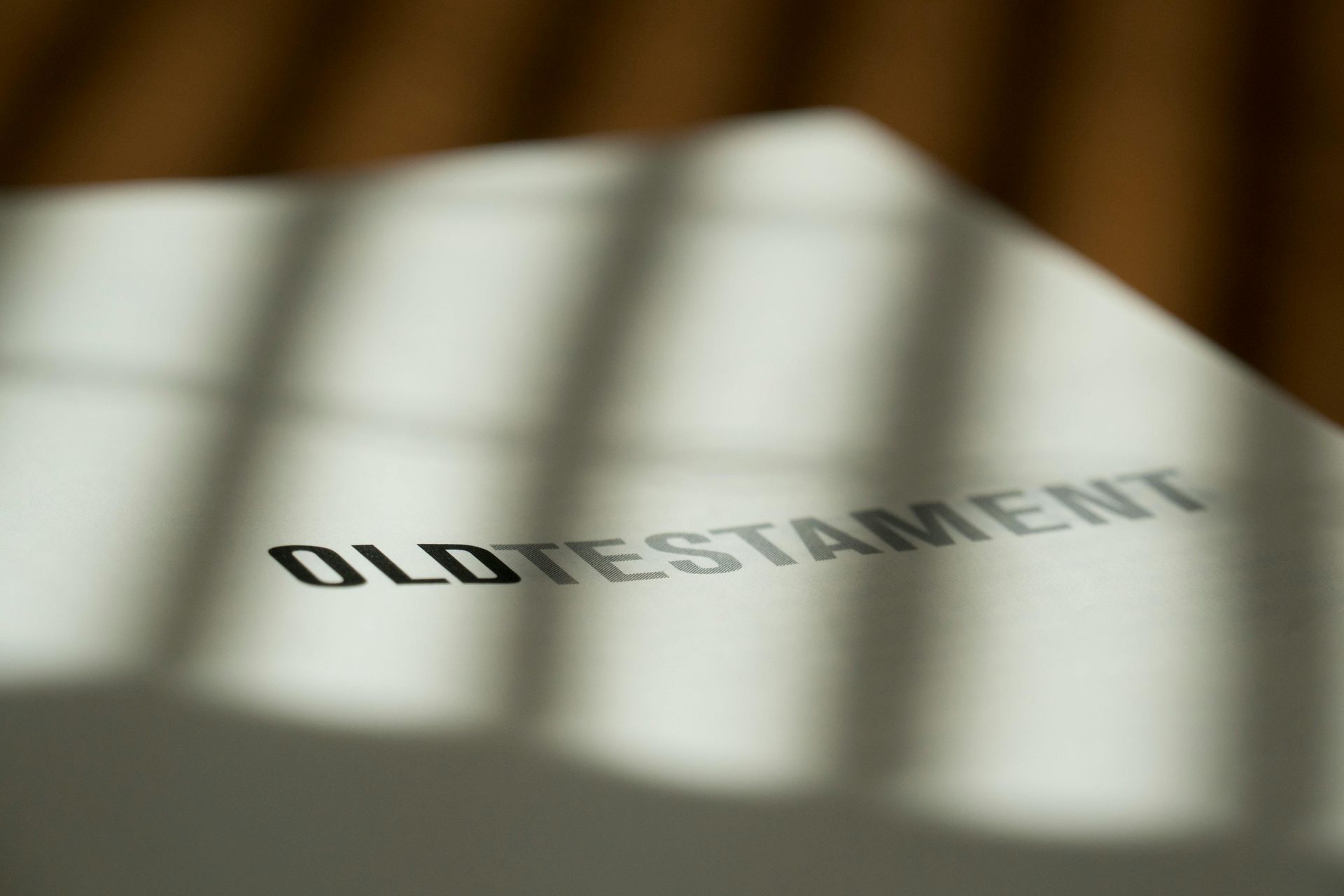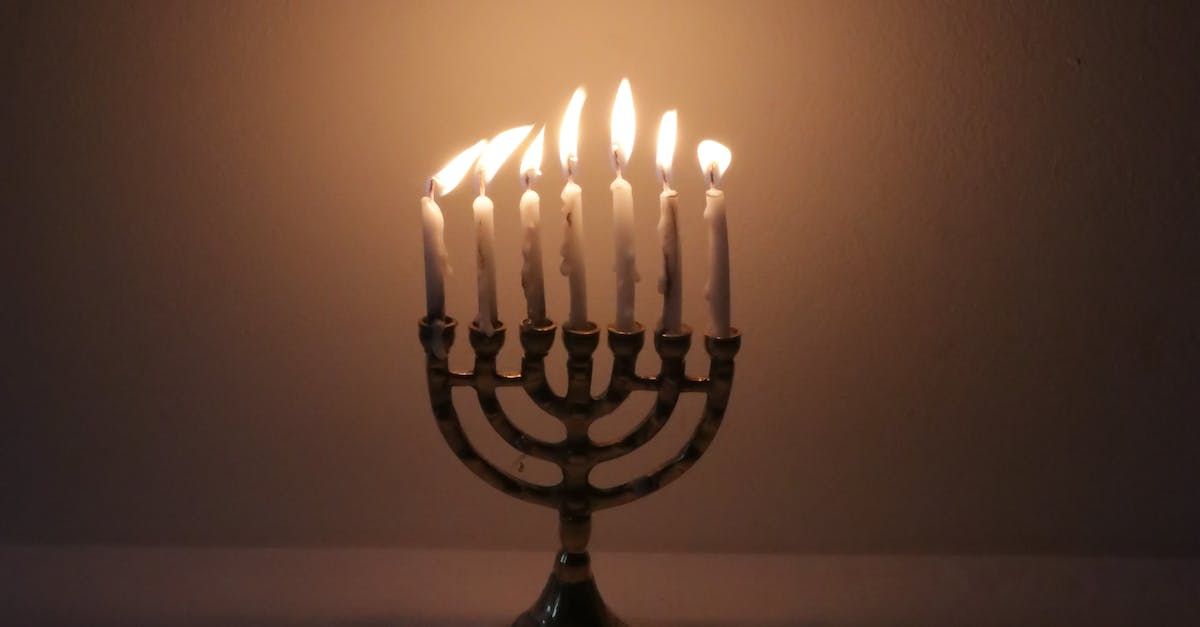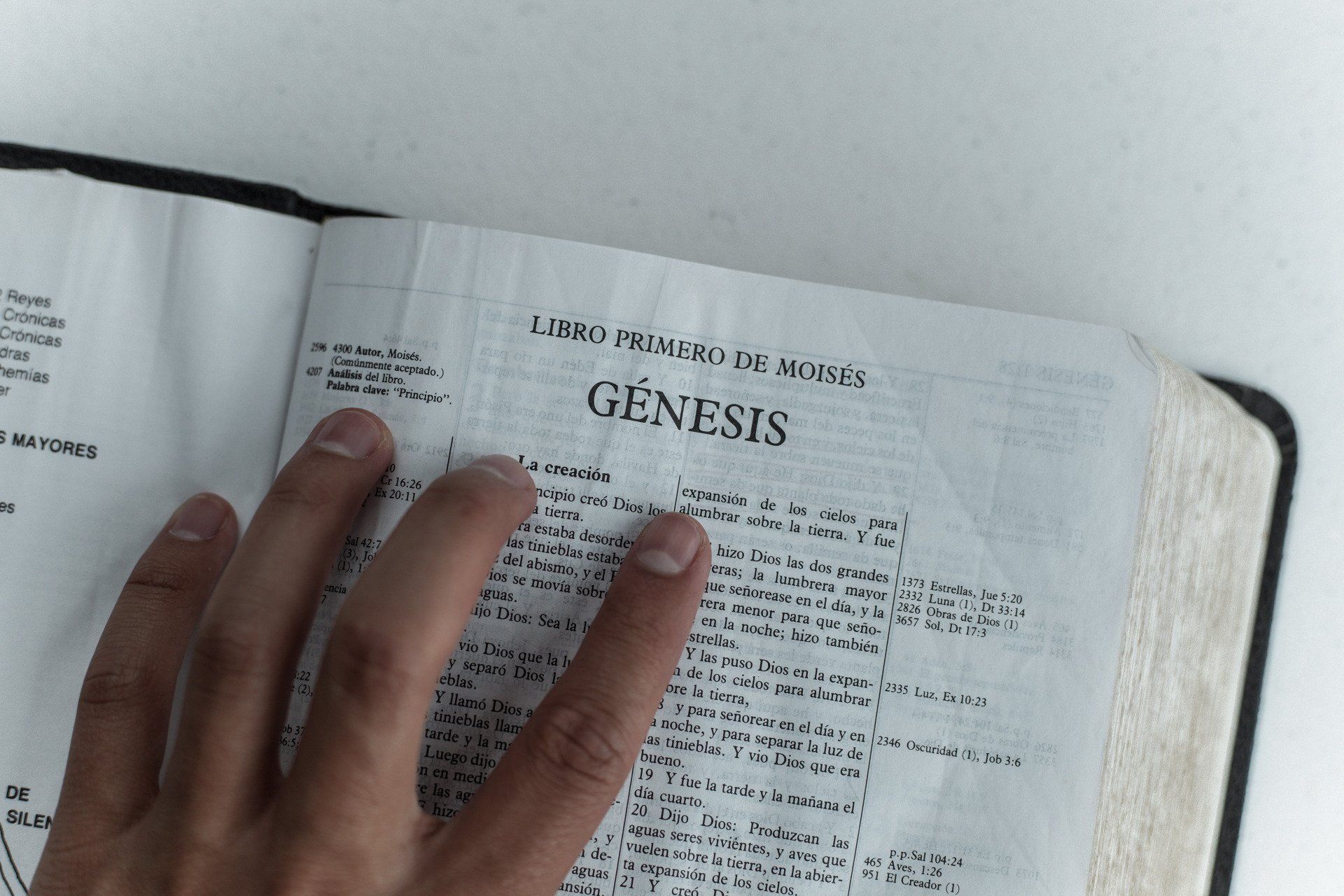Leviticus Chapter 23 vs. 4-22
The Passover, Unleavened Bread, Firstfruits and Pentecost
The Passover was introduced to us in Exodus Chapter 12. The Passover is the equivalent to America’s Independence Day, July 4th. The Passover (or Pesach in Hebrew) celebrates the exodus or departure of the Israelites from Egypt and the birth of a nation. As Nelson Mandela said when he quoted a line from an old spiritual, “Free at last, Free at last. Thank God Almighty, we’re free at last.”
Passover would become just one of three “pilgrimage” festivals (along with Pentecost and the Feast of Tabernacles, during which the Jews were commanded to travel to Jerusalem and observe the feasts together.
Earlier God made four promises to the Israelites in Exodus 6:6. He promised the Israelites that He would bring them out from under the yoke of the Egyptians (to set them apart or sanctify them), free them from slavery (to deliver them), purchase them to make them His very own people (redeem them) and would take them to a new land (give them hope). These four promises led the Jews to adopt the custom of having four cups of wine during the Passover. The four cups were named the cups of sanctification, deliverance, redemption, and hope.
When Jesus observed the last Passover with his disciples, at the first Lord’s Supper, it was the third cup, the cup of redemption that he took and offered to his disciples. The last cup, the cup of hope, he said he would wait to drink that when he is with the church in heaven at the marriage supper of the lamb. Did you RSVP so that you will have a seat reserved for you at the marriage supper of the Lamb? I wonder if they will have prizes, games, and music. I think there will be a dress code, robes of white.
The Passover was a family event, not a temple or tabernacle event. Exodus 12:3, “each man is to take a lamb for his family, one for each household. If any household is too small for a whole lamb, they must share one with their nearest neighbor. You are to determine the amount of lamb needed in accordance with what each person will eat.” You don’t want to run out of food on this special event.
They were to use only the best of meats. The animal they choose (either lamb or goat) could not be blind, infected, diseased, seizure prone and absolutely no roadkill. If the animal had tire tracks on its back it is to be rejected. It must be without spot or defect. Why? Because it points forward in time to Jesus, the ultimate, Passover lamb who was without sin. You might recall that when John the Baptist saw Jesus coming down the dusty road, he waved and called out to him in John 1:29, saying, “Hi Jesus, how’ve you been?” No, he really said, “Look, the Lamb of God, who takes away the sin of the world.” Jesus is the Lamb of God, and he was without spot or blemish, sinless. So, the Passover lamb had to reflect this purity, also.
Among the side dishes were bitter herbs to remind them of their bitter years in slavery. And of course, there was bread, but only unleavened bread. This was a reminder that the Israelites didn’t have time for the dough to rise before they left Egypt, so they ended up with a bread that was more like a flat cracker than a bread. Does this mean that matza was the first fast food?
In the New Testament yeast is often associated with evil. Paul wrote in I Cor. 6-8, “Purge out the old leaven, neither with the leaven of malice and wickedness; but with the unleavened bread of sincerity and truth.” This passage doesn’t say that the Church observed the Days of Unleavened Bread, he is using leaven in a figurative sense. Just as Israel removed yeast from their homes, we are to remove sin from our lives.
On the first Passover they had to eat with their shoes and coats on, packed and ready to leave on a moments’ notice. This Passover was not to be a one-time event, never to be repeated. The Passover was to be an ongoing observance. This was an event to be remembered and taught to their children. “When your children ask you, ‘what does this ceremony mean to you?’” Tell the story. Keep the memory of this night alive.
Words change their meaning over time, as do symbols. I was in South Korea and saw a Buddhist temple with the Swastika on the front, above the door. A symbol may mean one thing to one group and another thing to another group. The Passover in the Old Testament, among the Israelites, looked back to the liberation of a people from Egyptian slavery. In the New Testament, the Passover that Jesus observed (Matt 26:17-27) evolved into a reminder of the ultimate Passover lamb who saved us from the penalty of sin. John 1:29, “Behold, the Lamb of God, which takes away the sin of the world.”
The Passover was often neglected by many Israelites. Hezekiah led a restoration, inviting Israelites and Jews to celebrate it together (2 Chron. 30-1-3). Josiah discovered the book of the Covenant (2 Kings 23:21-23) and so again they returned to observing the Passover.
I wonder if we, as a culture, have gotten away from telling stories, stories of our lives to our children. What do our children know about our own struggles as we grew up? What do they know about our lessons learned?
Lev. 6, “. . . for seven days you must eat bread made without yeast.” Here they are using food as a memory aid. Unleavened bread reminded them at each mealtime that they were in slavery. Maybe we should all eat Meals Ready to Eat (MRE’s) once a year to remind us of the sacrifice made by our veterans.
Lev. 23:9 speaks of Firstfruits, which was not a sabbath or sacred assembly and the people had little to do besides taking the sheaf of wheat to the priest. This ceremony didn’t begin to be observed until they were in the land. It was their way of saying “Thank you God for the crop that is coming in.” Lev. 23:9, “Bring to the priest a sheaf of the first grain you harvest. He is to wave the sheaf before the Lord.” This was an expression of gratitude to and dependence upon God. In Deut. 26:1-11 it says that it was an acknowledgement that God had delivered them from Egypt and had given them the Promised Land. This reminds us of the resurrection of Jesus, since He was “the first fruits of those who have fallen asleep,” (I Cor 15:35-49).
Lev. 23:15, describes the next Holy Day, that of the Feast of Weeks or Pentecost. The term Pentecost means, “count fifty,” it’s fifty days from the Firstfruits festival. The primary goal of this Holy Day is to give thanks to God for the harvest. As the months go by, different crops become ripe for harvest. This is the summer harvest, as opposed to the spring or fall harvests. In the New Testament, Pentecost was the birth of the church, the coming of the Holy Spirit, the sending of “another helper) as Jesus predicted in John 14:16.
It is no coincidence that Jesus was crucified on Passover, buried on Sabbath during the Days of Unleavened Bread, raised on Firstfruits and sent the Holy Spirit on Pentecost. These are the spring Holy Days. Now there is a gap in time between these holy days and those of the fall. This time is spiritually symbolic of the church age in which we live today. The death and resurrection of Jesus are past, and the Holy Spirit has come. Now we work until the trumpet call that ends the church age. Just as the spring feasts pointed towards the Messiah’s first coming, the fall feasts point towards what will happen at His second coming.
By understanding the significance of these God-appointed Holy Days we can better understand the complete picture and plan of redemption found in Scripture.
Recent Articles
Share this:
Start Here...
Why Study the Bible?
Don’t many consider the Bible to be just a book of myths? Why do we read the Bible rather than the sacred literature of other religions?
How do we know that it is from God? How do we know that what we have today is an accurate translation from the original? Is the Bible complete or have there been some books that have been lost?
We should be able to answer these questions, and there are answers! So start here!
Answers to Common Bible Questions



Questions?
Send us your questions or comments. We respond to every message.
About us
Encouraging Everyone to Study the Word of God and do the Work of God.
Useful Links
Contact info
Join our family
Contact Us
We will get back to you as soon as possible
Please try again later
The Berean Bible Ministry
This web site is dedicated to the study of the Bible, with no advertising and no popups. It is supported by our Bible study group.





